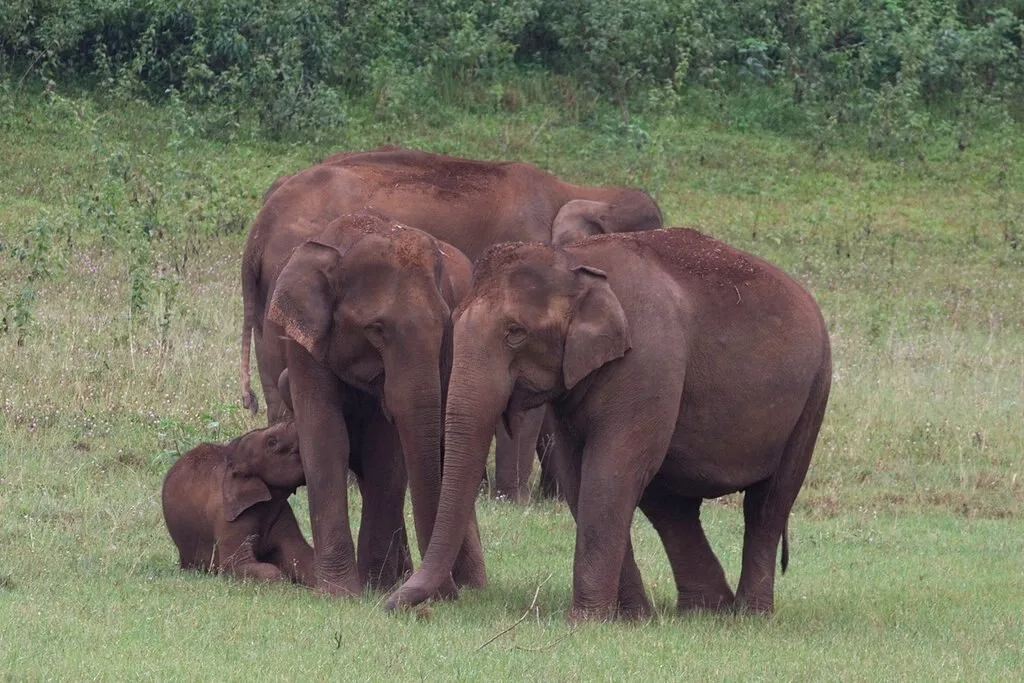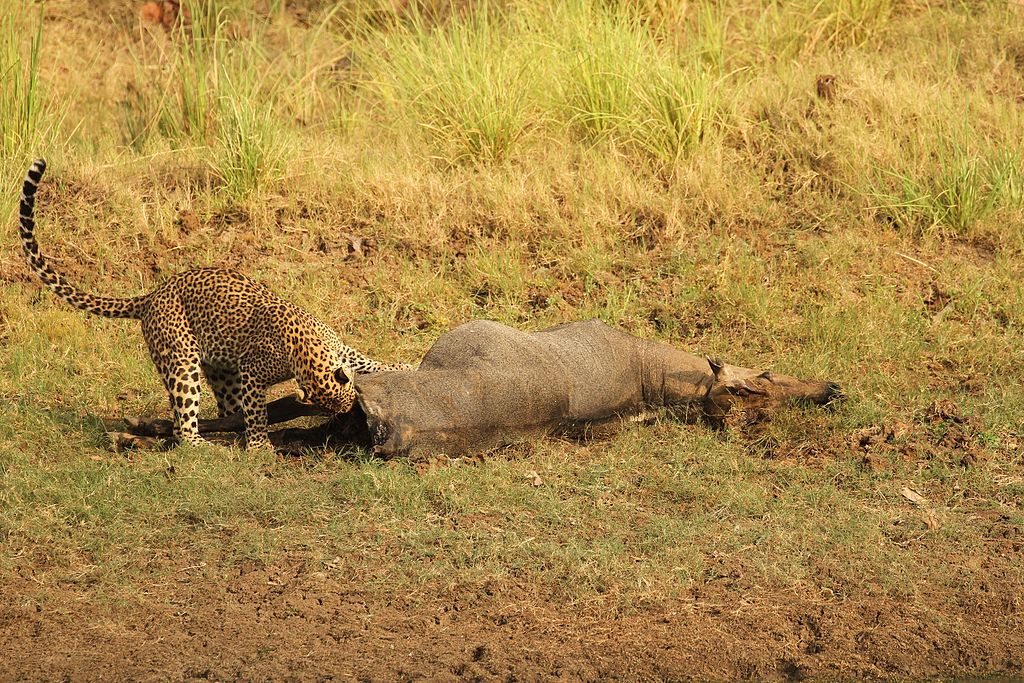Welcome to the realm of Rajaji National Park, a haven for nature enthusiasts and wildlife aficionados alike. Situated in the picturesque state of Uttarakhand, India, this national park is a treasure trove of diverse flora and fauna. In this article, we embark on an exciting journey to unravel the park’s historical significance, remarkable biodiversity, thrilling wildlife encounters, travel logistics, accommodation options, and everything you need to know about Rajaji National Park.
A Glimpse into History
Before we dive into the vibrant ecosystem of Rajaji National Park, let’s take a step back in time to appreciate its historical importance. Established in 1983, the park was named in honor of C. Rajagopalachari, the last Governor-General of India. While its formal recognition is relatively recent, the park’s history and connection to the Indian independence movement add layers of significance.
The Freedom Fighter’s Abode
Rajaji National Park includes parts of the Chilla, Motichur, and Rajaji sanctuaries, all of which played a role in the struggle for India’s independence. It was within these lush forests that iconic freedom fighter Mahatma Gandhi found solace during his frequent visits to the area.
Flourishing Flora
As you venture into Rajaji National Park, you’ll find yourself immersed in a world of breathtaking greenery. The park boasts a stunning array of plant life, including deciduous forests, riverine vegetation, and sprawling meadows. Here are some highlights of the park’s flora:
Riverine Beauty
The park is crisscrossed by the Ganges and its tributaries, creating a unique riverine ecosystem. Tall grasses, reeds, and aquatic plants line the riverbanks, providing crucial habitats for numerous wildlife species.
Sal Forests

Rajaji is famous for its sal forests, dominated by towering sal trees. These lush forests create a cool and serene atmosphere, especially during the hot summer months.
Medicinal Herbs
The park is a treasure trove of medicinal herbs. Many of these herbs have been used in traditional medicine for centuries and continue to be of great cultural and scientific importance.
The Enchanting Fauna
The true jewels of Rajaji National Park are its charismatic fauna. The park is home to an impressive variety of wildlife, from majestic elephants to elusive leopards. Here are some of the incredible creatures you might encounter during your visit:
The Asian Elephant

Rajaji is renowned for its population of Asian elephants. These gentle giants roam the park’s forests, and witnessing them in their natural habitat is a humbling experience.
The Elusive Leopard

Leopards, although elusive, are also residents of Rajaji National Park. Their stealth and grace make spotting them a thrilling and unforgettable experience.
Avian Wonders

Birdwatchers will be delighted by the park’s avian diversity. Rajaji is a sanctuary for numerous bird species, including the Great Hornbill, Crested Kingfisher, and Black-crowned Night Heron. Every birdwatching excursion is an opportunity for memorable sightings.
Wildlife Adventures Await
Now that you’ve had a glimpse of the captivating inhabitants of Rajaji National Park, let’s explore the thrilling wildlife experiences that await you in this pristine sanctuary.
Jeep Safaris
One of the best ways to explore the park is by embarking on a jeep safari. Guided safaris take you deep into the heart of the park, where you can encounter wildlife in their natural habitat. From elephants to leopards, every moment is a thrilling adventure.
Jungle Walks
For those who prefer a more immersive experience, jungle walks offer an opportunity to connect with the wilderness on foot. Accompanied by trained guides, you’ll have the chance to encounter wildlife up close and observe the park’s rich biodiversity.
Birdwatching Excursions
Birdwatchers can indulge in guided birdwatching excursions. Rajaji National Park’s diverse landscapes provide the perfect backdrop for observing and photographing a wide range of bird species.
Getting There: Your Journey Begins
To embark on this extraordinary journey, you need to plan your route to Rajaji National Park. Here’s how you can reach this natural paradise:
By Air
The nearest airport to Rajaji National Park is Jolly Grant Airport in Dehradun, Uttarakhand. From there, you can hire a taxi or take a bus to reach the park. The drive from the airport to the park offers scenic views of the surrounding hills.
By Rail
The nearest railway station to the park is Haridwar Railway Station, approximately 22 kilometers away. After arriving at the station, you can hire a taxi or take a bus to reach the park. The train journey to Haridwar offers glimpses of the holy Ganges River.
By Road
If you prefer a road trip, you can drive or take a bus to reach Rajaji National Park. The park is well-connected by road to major cities in Uttarakhand, including Dehradun and Haridwar. The drive through the picturesque landscapes is an adventure in itself.
Where to Rest Your Weary Head
After a day of exploration, you’ll want a comfortable place to relax. Rajaji National Park offers various accommodation options to suit different preferences:
Forest Rest Houses
For a close-to-nature experience, consider staying at one of the forest rest houses within the park. These accommodations offer basic amenities and a tranquil environment where you can immerse yourself in the wilderness.
Resorts and Hotels
Nearby towns like Haridwar and Rishikesh offer a range of resorts and hotels where you can stay during your visit to Rajaji National Park. These options provide modern amenities and are perfect for travelers seeking a blend of comfort and adventure.
Best Time to Visit
The best time to visit Rajaji National Park is during the winter months, from November to March. The weather is pleasant, and wildlife sightings are more frequent during this period. However, if you’re specifically interested in birdwatching, plan your visit during the migratory season from November to February.
Unforgettable Experiences Await
Now that you’ve gathered all the practical information, let’s delve into the experiences that will make your trip to Rajaji National Park truly unforgettable:
Witness Elephant Herds
Observing a herd of Asian elephants in the wild is a mesmerizing sight. These gentle giants move gracefully through the forests, and their social interactions are fascinating to witness.
Explore the Riverbanks
Take a leisurely stroll along the banks of the Ganges River, which runs through the park. The serene atmosphere and the chance to spot wildlife along the river make for a
peaceful and memorable experience.
Visit the Chilla Dam
Don’t miss the opportunity to visit the Chilla Dam, located within the park. The dam offers picturesque views and a chance to see crocodiles and various water birds.
Fascinating Trivia
Before we conclude our journey through Rajaji National Park, here are some fascinating trivia tidbits that will deepen your appreciation for this natural wonder:
- The park is home to the elusive and endangered Bengal tiger.
- It is an important component of the Terai Arc Landscape, a conservation initiative spanning several countries.
- Rajaji National Park’s diverse ecosystems include riverine, grassland, and forest habitats.
In conclusion, Rajaji National Park is a true masterpiece of nature and wildlife conservation. From its historical significance to its captivating flora and fauna, there’s something for every nature enthusiast to cherish. So, pack your bags, plan your journey, and get ready for an adventure that will leave you with lifelong memories of the untamed beauty of Rajaji National Park.
